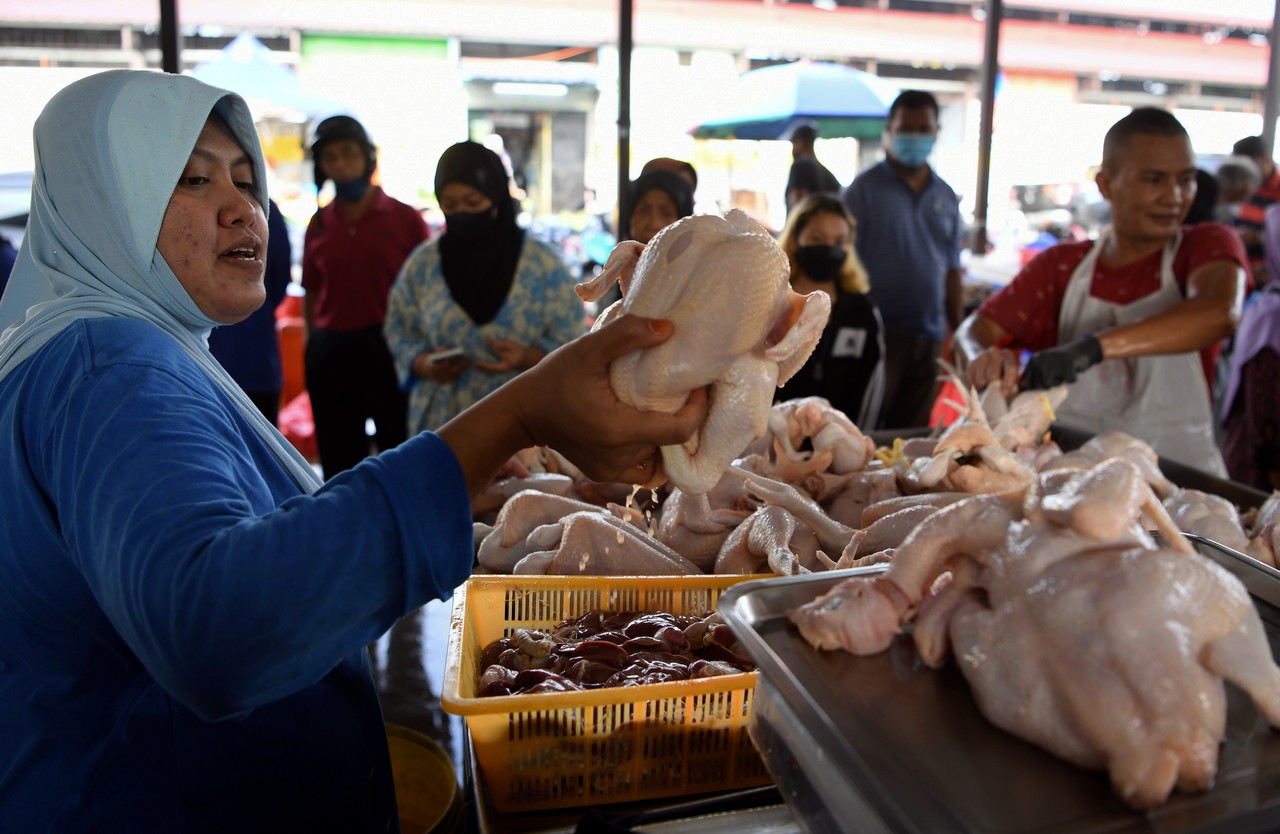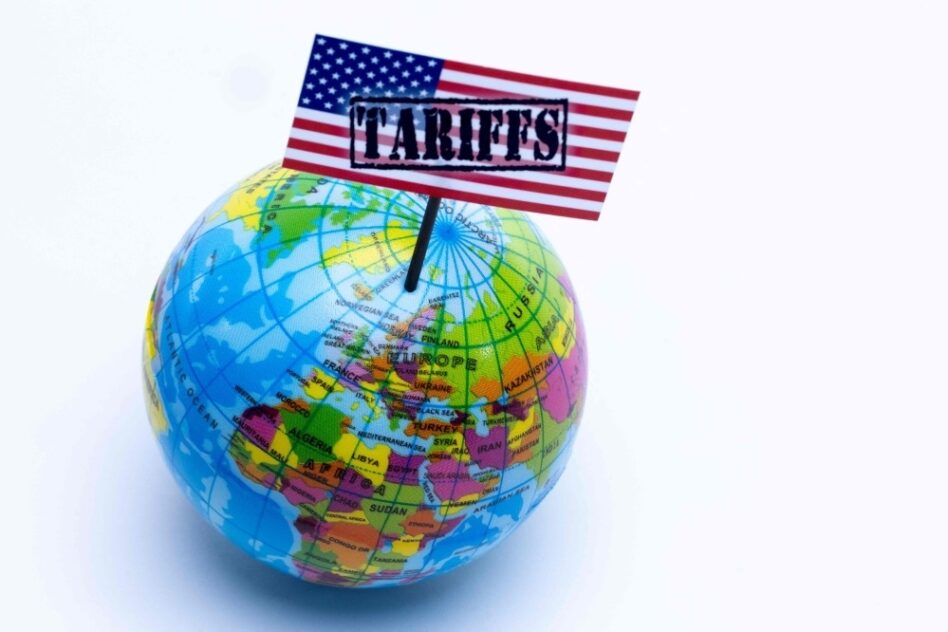IN the past weeks, the Malaysian Government issued three measures affecting the poultry industry in order to try to contain inflation and ensure supply. They are (i) price ceilings; (ii) removal of Approved Permits (APs); and (iii) export ban.
According to the Centre for Market Education (CME), only the second measure (ie. APs removal) can be considered beneficial in the fight against price tensions and to improve food security.
Instead, price ceilings and export ban are the perfect recipe for prolonging inflation and ensuring food insecurity.

“First and foremost, it is necessary to recognise that in pushing for these measures, the Government fails to recognise who is behind the current issues with poultry prices and supply: the government itself,” CME CEO Dr Carmelo Ferlito pointed out.
“In fact, supply chain disruptions were caused by lockdowns; those supply chain disruptions created price tensions while general inflationary pressures have been generated by excessive money creation: both lockdowns and money creation were decided by the Government”.
“It is difficult to trust government-planned initiatives to fight problems that were generated by policies implemented by the same people,” added Ferlito.
Below are the reasons why CME deemed the price ceilings and export ban not helpful:
- Lockdowns created a shock both on the supply and the demand sides;
- With the re-opening of the economy and the bettering of the economic conditions, demand started to scale up;
- In this scenario, it is easier for demand than for supply to adapt to the new conditions (during the Great Lockdown, production plants were switched off, machinery dismantled, workers laid off; such a process of capital destruction was faster than any process of capital creation can be – and capital creation requires positive profit expectations);
- Price tensions created by increasing demand met buy insufficient supply are necessary to signal to the supply side that this is the moment to scale up;
- If the market is allowed to work, that price tensions will be resolved quicker as the supply can recognise and exploit profit opportunities;
- With the scaling up of supply, prices can finally cool down.
“With price ceilings, it happens exactly the opposite: profit expectations are frustrated, and suppliers would avoid investing in the necessary process of capital creation and subsequent production,” opined Ferlito.
“With profit expectations domestically frustrated by price ceilings, poultry producers can look at foreign markets to keep on their production in a profitable way. But then the Government decides to ban export, further stopping the supply process of scaling up.”
According to CME, the negative consequences generated by price ceilings and export ban can summarised as below:
- Price tensions are not solved, hence consumers will meet again high prices when the ceilings are removed; and
- The necessary process of increasing supply is blocked because profit expectations are frustrated. Consumers will not get more chicken on the market – but less – as some producers may abandon the market (this means even higher prices are in the offing),
“Some of the producers may decide to abandon domestic production, generating unemployment. The road to hell is paved with good intensions”, reminded Ferlito. – May 25, 2022









